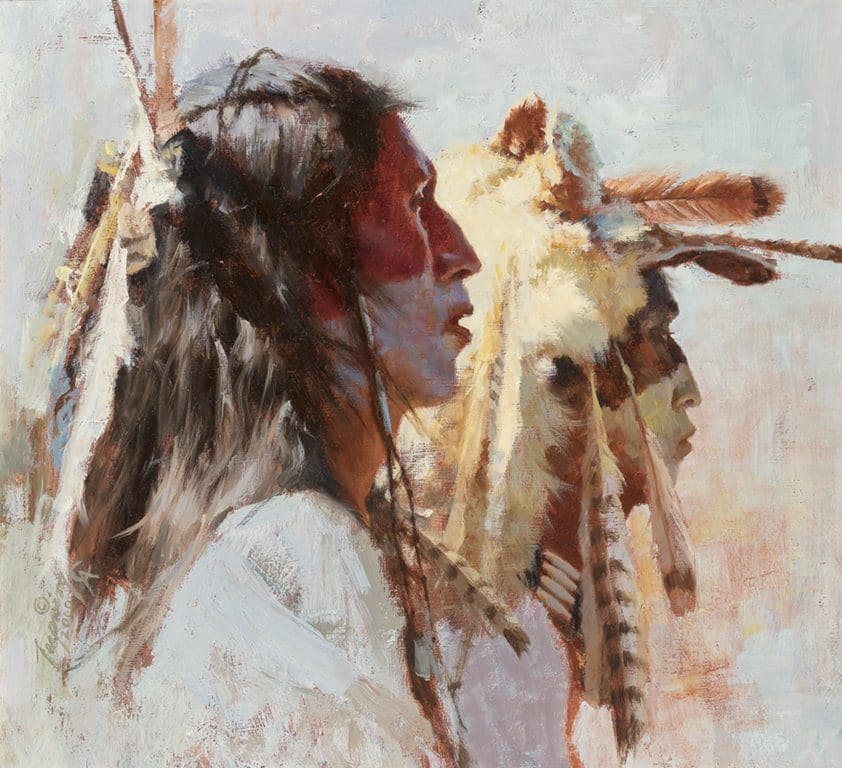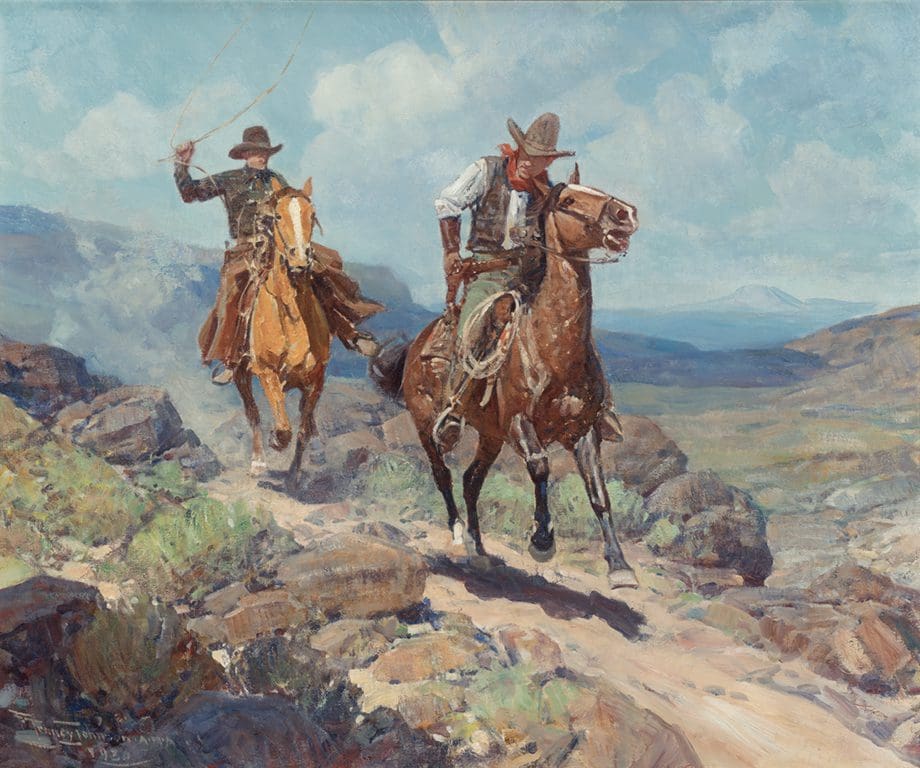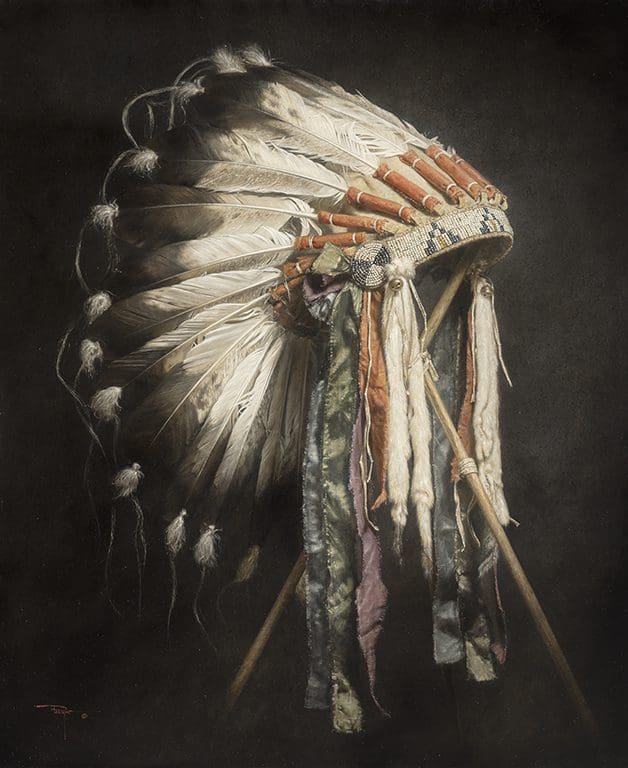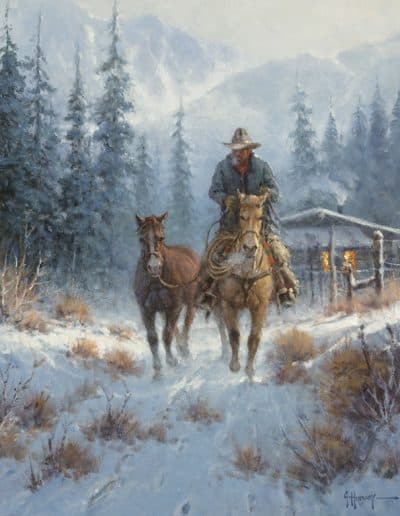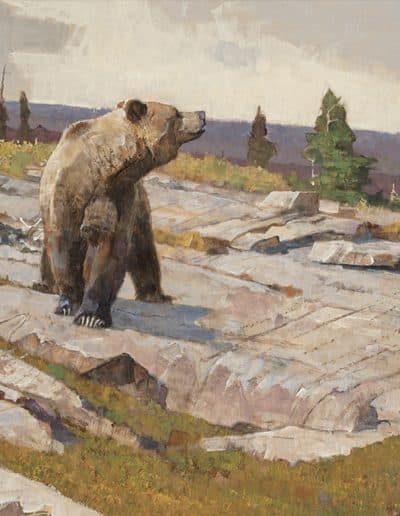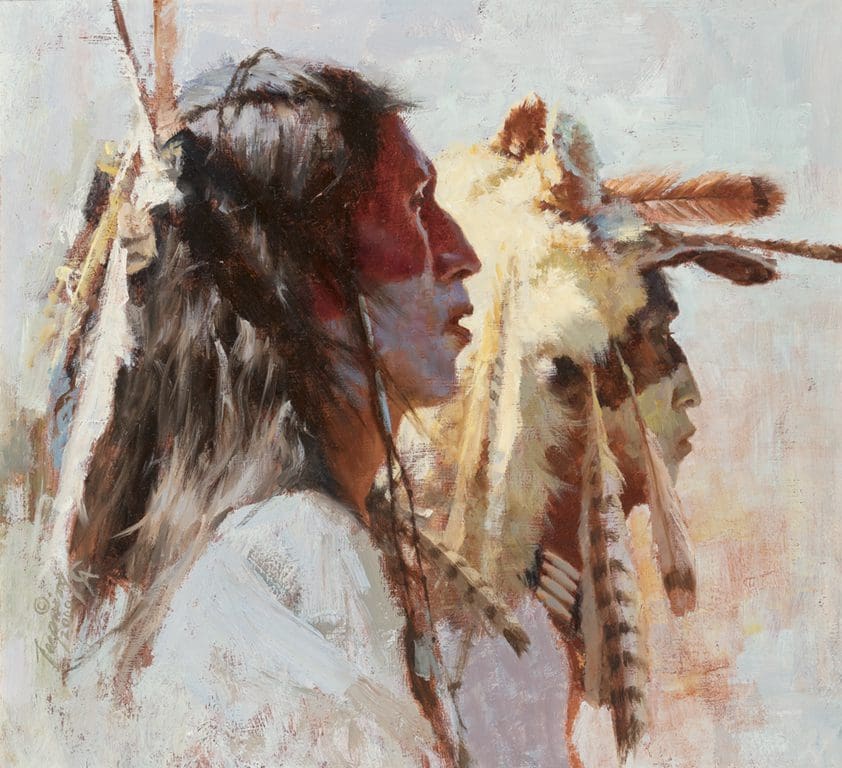Experience the largest annual fine Art Auction in the state of texas
Next Auction – October 12, 2024, Dallas
Palo Duro Canyon, Canyon, Texas
The Lone Star Art Auction is a Texas-sized auction specializing in the best American, Western, wildlife, sporting, and Texas fine art of the 19th – 21st centuries. Our Fall 2024 Auction will be held on Friday and Saturday, October 11 and 12 in Dallas, with the live auction beginning at noon on Saturday. Please plan on being of a part of the largest annual live art auction in the state of Texas where some of the very best fine art will be available for sale to the highest bidders. For more information, please call the auction office at 469.608.7600 or email info@lonestarartauction.com.
About Us
Why Lone Star?
The Lone Star Auction is the largest live fine art auction presented annually in the state of Texas. Texas is one of the biggest and most significant art markets in the world, and it is a natural location for a premier fine art sale.
Upcoming Event
2024 Auction
The Fall 2024 Lone Star Art Auction will be an activity filled two-day event held at the Renaissance Dallas Hotel in Dallas, Texas kicking off on Friday, October 11 from 10:00 am – 5:00 pm CT with an auction artwork preview and the exclusive Lone Star Art Auction Patron’s Cocktail Reception and Dinner that evening.

